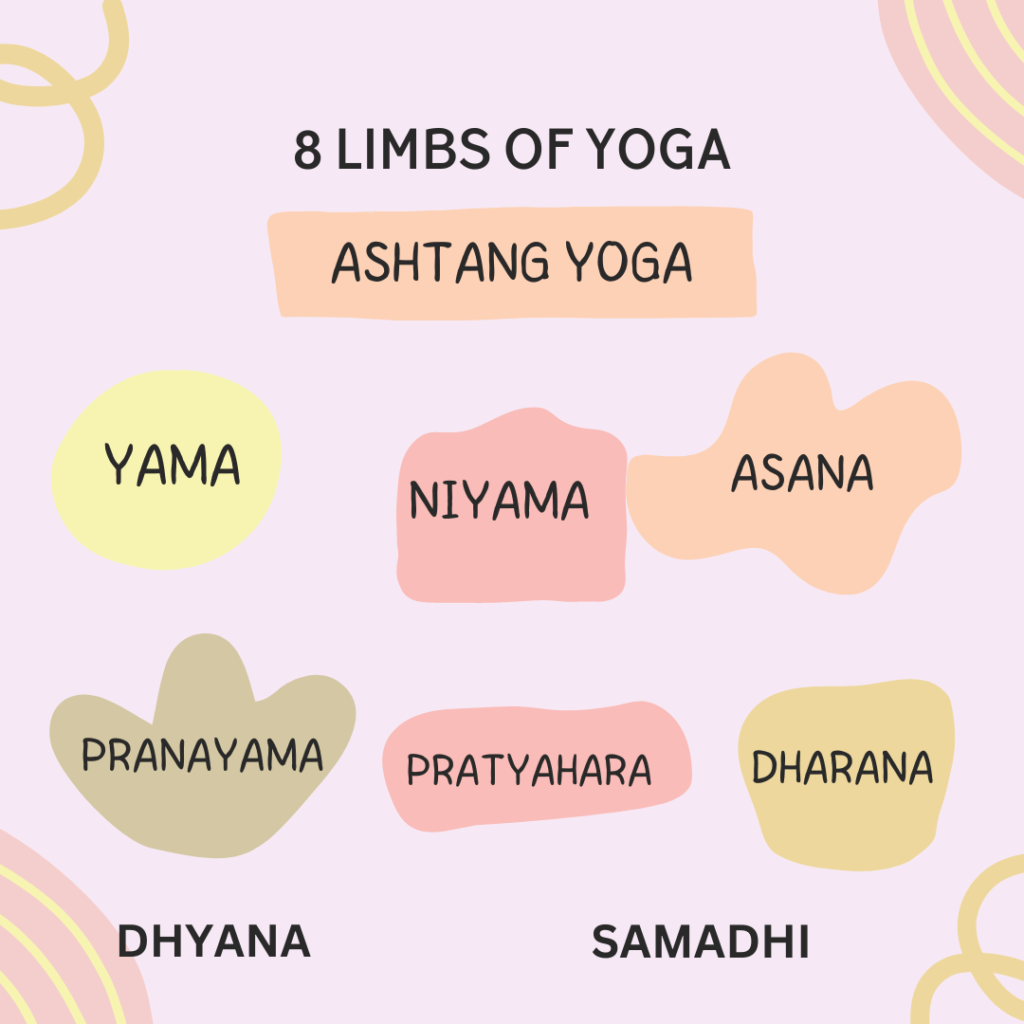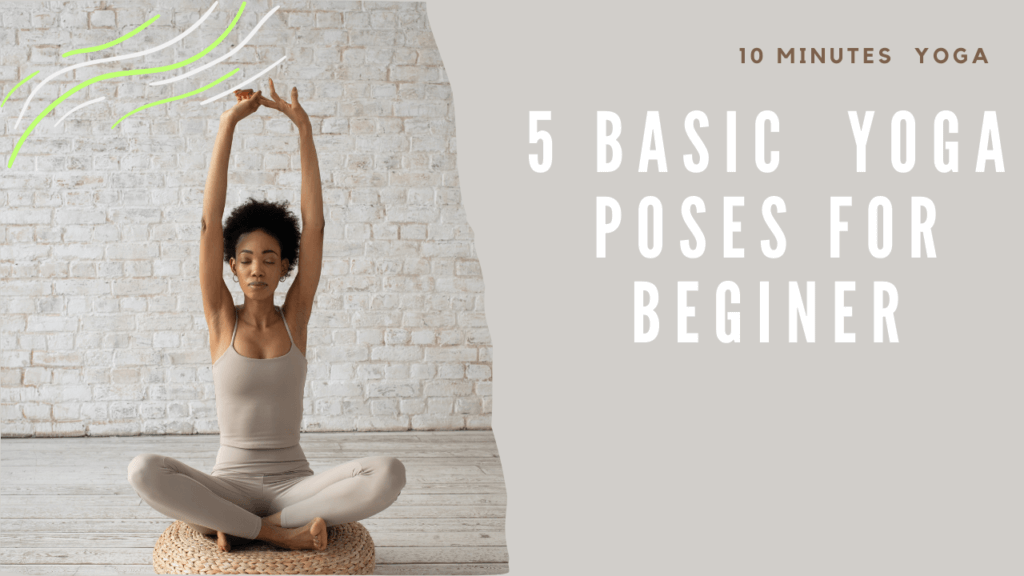Introduction:
Since the 1990s, Ashtanga yoga has been considered the most popular form in the West. Ashtanga yoga is a physical practice that focuses on a series of poses linked with the breath to form a sequence. These poses require a lot of physical strength, flexibility and endurance. People call this the most difficult pose.
History of ashtang yoga
Ashtanga yoga is a style of yoga as exercise. Ashtang Yoga is popular by pattabhi Jois during the twentieth century.
The Ashtanga asana system is said to have been first illustrated by Vamana Rishi, in an ancient text called Yoga Korunta.
The full form of YOGA is “Y our Objectives Guidelines and Assessment”.

What are the Ashtanga Yoga 8 principle
• YAMA – Restraints, moral disciplines
• NIYAMA – Positive duties
• ASANA – Yoga Positions or asna
• PRANAYAMA – Breathing
• PRATYAHARA – Withdrawal the Senses
• DHARANA – Focused on Concentration
• DHYANA – Meditative • SAMADHI – Bliss or Enlightenment
EIGHT LIMBS OF ASHTANGA YOGA GUIDES STEP-BY-STEP
1. Yama
• Ahimsa – non-violence
• Satya – Truthfulness
• Asteya – non stealing
• Brahmacharya – Continence / Celibacy
• Aparigah – non-hoarding or non possessiveness
Niyama ( Disciplines)
Shoucha – the purpose of Purity
Santosh – the purpose of Contentment
Tapa – the purpose of Endurance
Swadhyaya – the purose of Self-study
Eshwar Pranidhan -the purpose of Dedication
3. Asana (Yoga Positions)
The posture you take for yoga practice and meditation. Has a stable and comfortable seat. Which helps to achieve mental balance.
4. Pranayama (Breathing)
The word prana means energy or life source. Prana often describes breath. The way we breathe has a real effect on the mind. Works to control breathing.
5. Pratyahara (Withdrawal of Senses)
Pratya means withdrawal and intake and the other part diet means what we have taken by ourselves.
6. Dharana (Concentration)
Dharana Means ‘focused concentration’.Dharana is formed by adding dha meaning hold or hold and ana meaning other or something else. Concentration of mind on one object on their topic.
7.Dhyan (Meditation)
Meditation helps us maintain stability and focus.
Withdrawing the mind from all external objects, focusing on the point and concentrating meditation on it.
8. Samadhi (Salvation)
the word of samadhi is meaning ‘bliss’ or ‘enlightenment’,
What are The benefits of Ashtanga yoga?
Yoga has many benefits and its use is especially beneficial for people who participate in athletics. Ashtanga yoga focuses on meditation postures and breath.
Regular practice of Ashtanga Yoga improves flexibility, breathing and balance.
Your stamina increases bone density and muscle strength. And helps to control your weight and helps to control your blood pressure.
Conclusion:
Ashtanga Yoga is made up of two words Ashta and Anga. Ashta means eight digits and Anga means body part. The integration of the eight limbs of yoga into a complete and holistic system is called Ashtanga.



